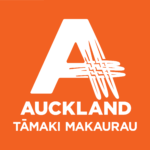ENL Group has developed a new world leading digital log book for the New Zealand commercial fishing industry, designed to meet the coming digital monitoring regulations.
The system, Olrac, has been independently developed by OLSPS Marine & ENL to offer an e-logbook that will meet Fisheries NZ requirements whilst giving vessel owners, managers, operators any information they require in a simple to use and understand format.
ENL has chosen the Olrac system as they are one of the pioneers of e-logbooks, with their systems already used worldwide, and integrates this with the GPR and camera technology from Marine Instruments, to give a truly compliant system that will meet all compliance needs in one simple solution.
OLSPS Marine, in consultation with ENL, have completely redesigned the existing Olrac platform to suit the New Zealand market and give fishermen a real advantage to having it on board.
Using a basic version of Olrac the system can give fishermen a tool for compliance which will meet the standards set by Fisheries NZ for all types of fishing. The system is highly adaptable and useable on any windows PC or tablet and soon to be available on both Android and iOS for smaller vessels and fishing activities. No matter which platform used, the display is the same and is visually appealing, including a mapping utility allowing the operator to track the vessel and shots as well as giving a geographical visualisation of data, geofencing and alerts, etc.
The data entry is simple, and the amount of button pushes the user must complete has been kept to a minimum to ensure the operator and MPI get all the information they require. Once the information is entered the compliance reports are generated automatically and can be transmitted via either the satellite or cellular network, or even Wi-Fi.
According to Alastair Kennard of ENL the Olrac system can provide more than just compliance and instead can offer fishermen a system that gives them a clear advantage and enhances their fishing practices.
“In addition to compliance reports, the Olrac system can compile and send user defined reports to any third party – be it company offices, scientific consultants, market partners or production managers. All of this can be done without the need to enter any type of data more than once as the Olrac system can use the same data for different needs, and in addition to compliance information the user can add in as much information as they feel necessary, such as cloud cover, wind and sea surface temperature etc, to enhance the amount of knowledge they can build,” says Kennard.
Using the optional shore-based system users can collate the information from all vessels within the fleet and allow the user to see information on the catch of each trip in various formats and, if vessels still at sea, to get an up to date catch report allowing them to go to the markets with this information and sell prior to the vessel landing. This information can be viewed in various formats many different formats including text, table, maps, charts and or a combination.
In addition to this, both the vessel (with appropriate licence) and the shore based systems allow users to produce heat maps on historical fishing activity using various parameters based on historic performance and data, whether it be species, year, weather and fish size. This enables the user to clearly identify fish trends and movements and where the highest catch per user effort rate is. These maps once produced on shore can then be sent to all the vessels in the fleet to give those at the sea the information required to maximise their fishing potential.
Rather than waiting on regulations to come in, the Olrac system can be installed now to allow users to use its potential and then simply turn on the compliance transmission once required. Find more at ENL’s stand – 118.

